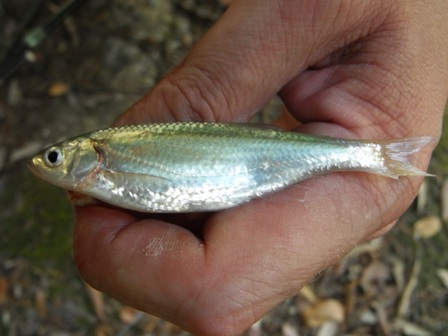|
Alburnus Mento
''Alburnus mento'' is a species of freshwater fish, a bleak in the family Leuciscidae. Its distribution is in subalpine lakes in Germany and Austria. Previously, the concept of ''A. mento'' was broader, and its distribution was thought to be broader. It was known as the ''Danube bleak''. References mento Mento is a style of Music of Jamaica, Jamaican folk music that predates and has greatly influenced ska and reggae music. It is a fusion of African rhythmic elements and European elements, which reached peak popularity in the 1940s and 1950s. ... Fish described in 1837 {{Cyprinidae-stub ... [...More Info...] [...Related Items...] OR: [Wikipedia] [Google] [Baidu] |
Johann Jakob Heckel
Johann Jakob Heckel (23 January 1790 – 1 March 1857) was an Austrian taxidermist, zoologist, and ichthyologist from Mannheim in the Electoral Palatinate. Life Though not a formally trained biologist, he worked his way up through the ranks to eventually become the director of the Fish Collection at the Naturhistorisches Museum in Vienna. For the most part, he was not a traveler or explorer like many of the scientists of the time, he remained in Vienna, where he studied and catalogued specimens sent to him from the field. Among those who brought specimens to him were Karl Alexander Hügel, Joseph Russegger and Theodor Kotschy — involving collection activities in Kashmir, the Middle East and northeastern Africa that greatly enriched the Vienna museum. Fish were his specialty and he worked with many of the greatest ichthyologists of his time including Cuvier, Valenciennes, Bonaparte, Müller, and Troschel. [...More Info...] [...Related Items...] OR: [Wikipedia] [Google] [Baidu] |
Alburnus
''Alburnus'' is a genus of fish in the family Cyprinidae, the carps and minnows. They are known commonly as bleaks. A group of species in the genus is known as shemayas. The genus occurs in the western Palearctic realm, and the center of diversity is in Turkey. The genus ''Chalcalburnus'' is now part of ''Alburnus''. Species Currently, 45 recognized species are placed in this genus: * ''Alburnus adanensis'' Battalgazi, 1944 (Adana bleak) * †''Alburnus akili'' Battalgil, 1942 (Beyşehir bleak) * ''Alburnus albidus'' O. G. Costa, 1838 (Italian bleak) * '' Alburnus alburnus'' Linnaeus, 1758 (common bleak) * ''Alburnus amirkabiri'' Mousavi-Sabet, Vatandoust, Khataminejad, Eagderi, Abbasi, M. Nasri, Jouladeh & Vasil'eva, 2015 * ''Alburnus arborella'' Bonaparte, 1841 * ''Alburnus atropatenae'' L. S. Berg, 1925 * ''Alburnus attalus'' Özuluğ & Freyhof, 2007 (Bakır shemaya) * '' Alburnus baliki'' Bogutskaya, Küçük & Ünlü, 2000 (Antalya bleak) * '' Alburnu ... [...More Info...] [...Related Items...] OR: [Wikipedia] [Google] [Baidu] |
Leuciscidae
Leuciscinae is a subfamily of the freshwater fish family Cyprinidae, which contains the true minnows. Members of the Old World (OW) clade of minnows within this subfamily are known as European minnows. As the name suggests, most members of the OW clade are found in Eurasia, aside from the golden shiner (''Notemigonus crysoleucas''), which is found in eastern North America. According to ancestral area reconstruction, the subfamily Leuiciscinae is thought to have originated in Europe before becoming widely distributed in parts of Europe, Asia and North America. Evidence for the dispersal of this subfamily can be marked by biogeographical scenarios/observations, geomorphological changes, phylogenetic relationships as well as evidence for vicariance events taking place through time. Through analyses and evidence of divergence time, it was observed that the two monophyletic groups, the phoxinins and the leuciscins, had shared a common ancestor dating to approximately 70.7 million year ... [...More Info...] [...Related Items...] OR: [Wikipedia] [Google] [Baidu] |
